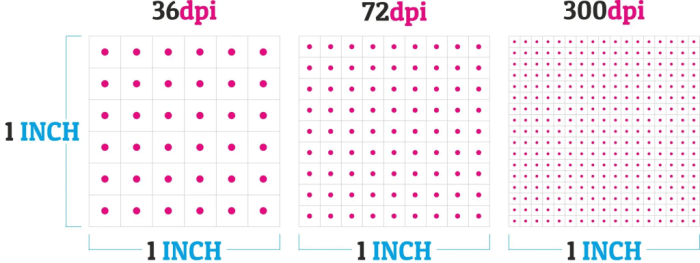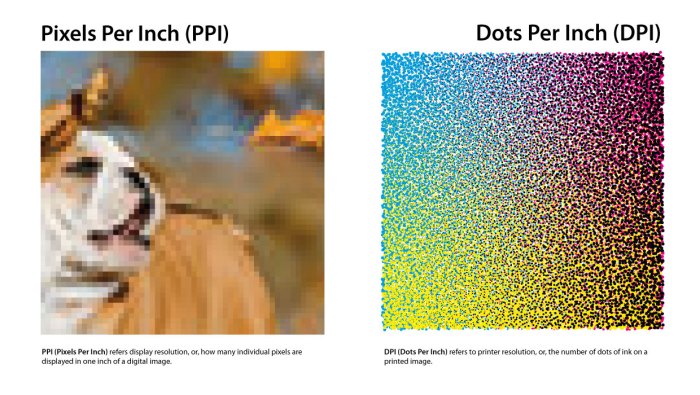Resolution of bitmap graphics is typically measured in – Resolution, the cornerstone of bitmap graphics, serves as a critical determinant of image quality. Measured in pixels per unit length, resolution governs the sharpness, clarity, and overall visual appeal of digital images. Understanding the concept of resolution is paramount for anyone seeking to optimize image quality and achieve visually stunning results.
In the realm of bitmap graphics, resolution plays a pivotal role in defining the level of detail and accuracy captured within an image. Higher resolutions yield images with greater sharpness and clarity, while lower resolutions may result in pixelation and loss of detail.
Therefore, selecting the appropriate resolution is crucial for achieving the desired image quality and ensuring that the intended message is effectively conveyed.
Resolution in Bitmap Graphics: Resolution Of Bitmap Graphics Is Typically Measured In

Resolution in bitmap graphics refers to the number of pixels per unit of length, typically measured in pixels per inch (PPI) or dots per inch (DPI). It determines the level of detail and clarity in an image.
Higher resolution images contain more pixels, resulting in sharper and more detailed images. Lower resolution images have fewer pixels, making them appear more pixelated and less sharp.
Measuring Resolution, Resolution of bitmap graphics is typically measured in
- Pixels per inch (PPI):Measures the number of pixels within a one-inch line.
- Dots per inch (DPI):Similar to PPI, but specifically used for printed images.
Physical resolutionrefers to the actual number of pixels or dots present in an image, while perceived resolutionrefers to the apparent resolution as perceived by the human eye.
Common Resolutions
- Web:72 PPI for standard display resolutions
- Print:300 DPI for high-quality prints
- Photography:300 PPI or higher for professional-grade images
Higher resolutions produce larger file sizes, while lower resolutions result in smaller file sizes.
Optimizing Resolution
Choosing the appropriate resolution is crucial for different applications.
- Web:Lower resolutions (72 PPI) are suitable for digital displays.
- Print:Higher resolutions (300 DPI) are required for sharp and clear prints.
Resampling and scaling techniques can be used to adjust the resolution of an image to meet specific requirements.
Tools for Measuring Resolution
- ImageMagick:Command-line tool for image manipulation and resolution analysis.
- GIMP:Open-source image editor with resolution measurement capabilities.
Applications of Resolution Analysis
- Image processing:Enhancing and manipulating images for various purposes.
- Forensics:Analyzing image resolution to determine authenticity and provenance.
- Quality control:Ensuring the accuracy and reliability of bitmap graphics.
Commonly Asked Questions
What factors affect the perceived resolution of an image?
The perceived resolution of an image is influenced by factors such as viewing distance, image size, and the presence of noise or artifacts.
What is the difference between physical resolution and perceived resolution?
Physical resolution refers to the actual number of pixels per unit length, while perceived resolution is the subjective assessment of image quality based on factors such as viewing distance and image content.
How can I optimize resolution for different applications?
Optimizing resolution involves choosing the appropriate resolution for the intended use. For web applications, lower resolutions may be sufficient, while print applications typically require higher resolutions to ensure sharp and detailed images.


